Die with Zero: Getting All You Can from Your Money written by Bill Perkins
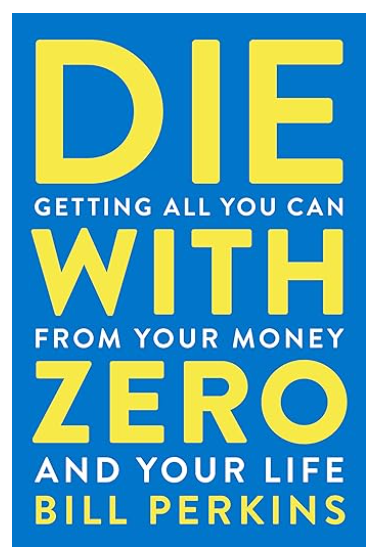
My Actions
1. Learn and apply minimalism
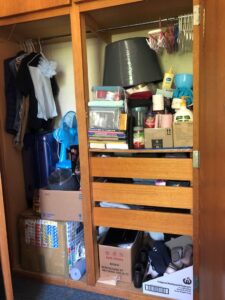
I first heard about minimalism three years ago when my college friend helped me move from one dormitory to another. Staring at my piled belongings, which needed a truck to carry them, my friend Grace gently said, ‘Hey… have you heard about minimalism?’ I had no idea what she was talking about, and she didn’t try to explain it to me. Instead, she kindly kept helping me move out. I still very much appreciated that, and I’m even more grateful that she introduced minimalism into my life.
To be honest, after that moving event, I started to do some research about minimalism. As I learned more about it, I began to feel ridiculous with all the unnecessary belongings I owned. Then, I started to discard some things, like several worn cookware items and 10 more torn clothes. The next morning, I felt refreshed with more space in my small dormitory room. I also realised that my life improved after getting rid of those unnecessary items. From then on, I embarked on my minimalism journey in February 2021 in Australia.
In the first month, I disposed of more outdated items like cosmetics, lotions, and miscellaneous things like 10 plastic bags with holes. I also threw away rotten fruits from overbuying and learned how to buy a reasonable amount of food every week from the supermarket. In addition to discarding rubbish, I donated heaps of unnecessary belongings, such as clothes I hadn’t worn in 5 years but were still in good quality, and excess necessities. I visited Vinnies shops several times, not to shop, but to donate.
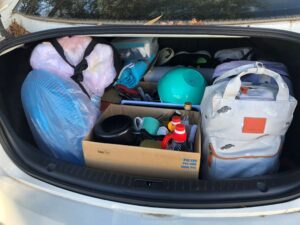
Moreover, while practicing minimalism, I learned to say no to things provided for free, including canned fruits I would never eat, white bread that I don’t consume, sauces I don’t use in cooking, and free meals lacking balanced nutrition.
Since 2021, I’ve seen practicing minimalism as a lifelong endeavour, as I tend to acquire unnecessary items accidentally while shopping. To stay true to my commitment, I make a plan every time before shopping, and I even refrain from aimlessly browsing online shops. This helps me significantly reduce my cost of living. By following my shopping list, I spend reasonably every week at the supermarket. I buy what I need, not what I want, and I avoid hoarding unnecessary items. As a single person, I don’t need too many things, so setting the right amount to buy is sufficient for me.
After three years, from 2021 to 2024, I successfully reduced my belongings aggressively. Remember I had a truckload of belongings as mentioned before? Now, all my belongings are kept in one 28-inch suitcase, one 25-inch suitcase, one 18-inch suitcase, two medium backpacks, one laundry basket to carry used clothing, one Dyson v7 vacuum cleaner, one small basket to keep my limited pantry, and one small shoulder bag to carry my purse and sunglasses. What’s impressive? They can all fit into the boot of my 15-year-old second-hand sedan with some space left. Isn’t that exciting? To me, it is! I can now travel easily with this number of belongings. This also allows me to pursue a career I’ve wanted to try, such as becoming a travel nurse or so-called agency nurse in Australia.
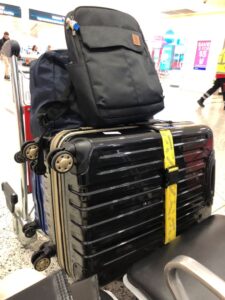
2. Establish my own time-bucket lists

Luckily, before introducing the idea of setting up my own time-bucket lists, I’ve already taken steps in my life to reduce future regret. These include leaving home and studying abroad in 2019, making the decision to stay in Australia and start a whole new life on my own after graduation, receiving an offer and working as a full-time registered nurse at Surgical Ward in New South Wales, Australia, for approximately 2 years, resigning from that full-time position and letting go of a stable income with great courage, saying yes to my friend Meggy to go 15,000-feet skydiving together in Sydney, trying a water sport called knee boarding with a friend, and going to a live orchestra concert at the Sydney Opera House by myself.
As soon as I read the chapter about setting up time-bucket lists, I literally fetched my bullet journal and wrote down my time-bucket lists for my 30s. In my bullet journal, I included several activities that I hadn’t planned before, such as going to a live concert of Jay Chou, camping in Australia, seeing the aurora in Finland, flying in a hot air balloon in Turkey with a friend, taking a train trip around Switzerland to enjoy the beautiful views, going to the Maldives for a holiday, trying a new career as a travel registered nurse in Australia, attending a 10-day vipassana class for beginners to increase my level of self-awareness, starting my blog and writing about any topic I’ve ever wanted to try, learning how to optimize my blog, getting rid of my stubborn love handles (I know… disgusting…), learning and maintaining a balanced diet and the right amount of exercise to help fight my serious year-round hay fever (probably from long-term chronic body inflammation due to an incorrect diet and sedentary lifestyle), and participating in physically demanding activities like paragliding, skydiving, and ice climbing in New Zealand with a friend. Do you think that’s too much? Um… I think I am able to achieve all of them if I plan ahead.
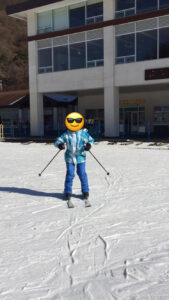
3. Enjoy the present
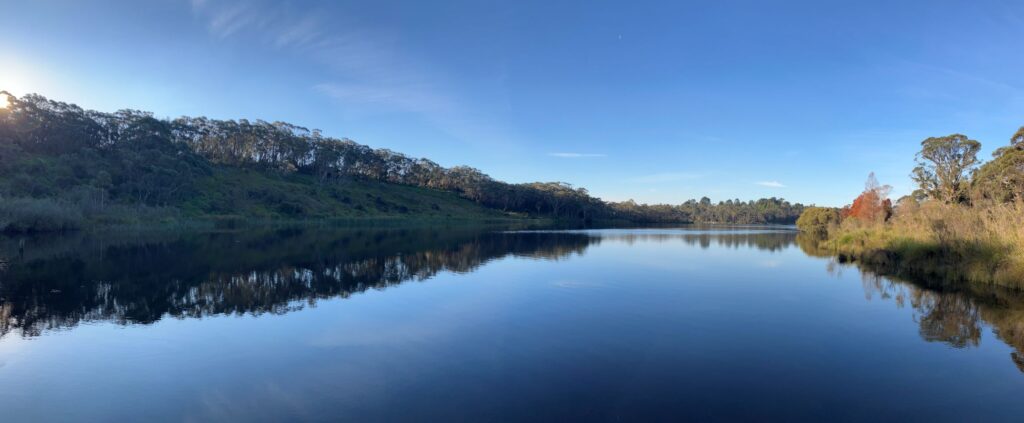
How hard is it to fully focus on the present and just enjoy it? I thought it was easy until I found myself constantly being distracted by my thoughts, often leading me to dwell on the past. I frequently find myself automatically dragged into negative thoughts when I try to enjoy a simple walk, my mind jumping back to past events and feelings mere moments after admiring a beautiful view or listening to birds chirping. My mood swings as I ponder past events and my reactions to them. I’m trying not to put too much pressure on myself; instead, I’ll keep trying without being too critical of myself.
In addition to focusing too much on the past, I sometimes find myself overly preoccupied with future plans as well. This tendency prevents me from fully experiencing and enjoying the present moment. It’s almost like a compulsive habit to constantly plan, plan, plan, even for trivial tasks, in an effort to organize every aspect of my life. But… am I being too critical of myself? Most of the time, I believe I am. Planning for the future and being goal-oriented isn’t necessarily a bad thing, but I also want to learn how to appreciate and savour the present moment, especially when I’m out for a walk, simply enjoying the act of walking itself.
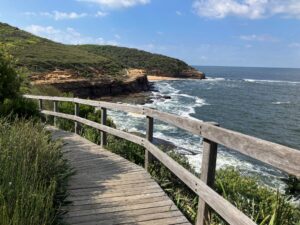
Keeping a gratitude journal has been incredibly helpful for my mind. I started trying it last year, and I’ve found it to be a powerful tool for recognizing and appreciating both the material and spiritual aspects of my life. The longer I’ve kept the gratitude journal, the less time I’ve spent focusing on negative thoughts. Surprisingly, this has created a positive cycle that I hadn’t anticipated before. To further bolster this positive cycle, I’ve also begun incorporating other positive activities into my routine, such as reading, to replace negative habits like spending too much time playing video games. Reading helps me think positively, while mindlessly playing video games tends to dredge up negative past events automatically. Therefore, keeping a gratitude journal not only helps me focus on the positive aspects of my life but also motivates me to seek out ways to enhance this positive cycle. I’m committed to continuing this practice every day.
[…] have been practising minimalism since 2021, as mentioned in the previous post, and I intend to continue applying it to my life. Learning to embrace minimalism has profoundly […]